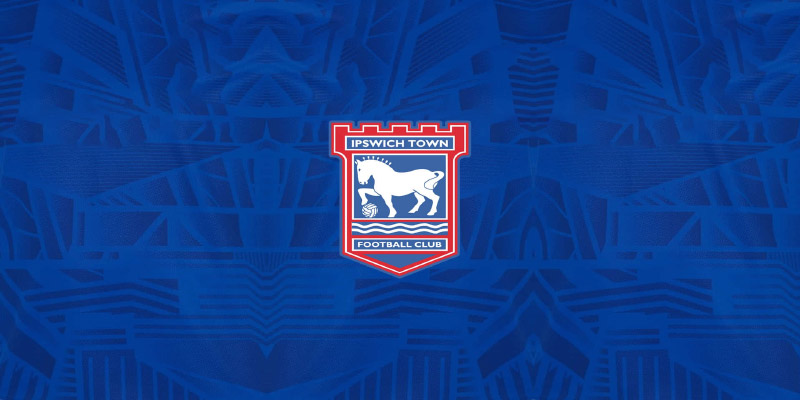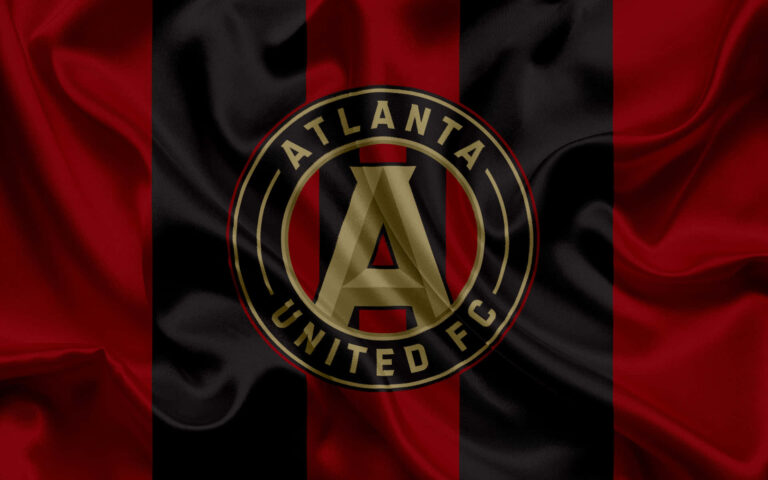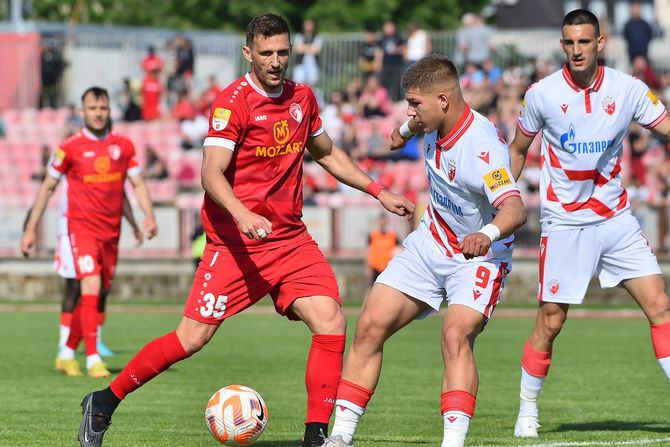
Crystal Palace FC: The Rise of a Premier League Contender
Crystal Palace FC is a football club that has captured the hearts and minds of fans not only in South London but across the globe. With its rich history, passionate fan base, and an unwavering commitment to the beautiful game, Crystal Palace FC has emerged as a significant contender in the Premier League. The journey from their humble beginnings to the heights they have reached today is nothing short of remarkable TRANG CHỦ RR88.
The Historical Foundation of Crystal Palace FC
Understanding the rise of Crystal Palace FC requires a thorough examination of its origins. Established in 1905, the club has seen both triumphs and tribulations over the decades, shaping its unique identity as a football institution.
The Early Years and Establishing Identity
The early years of Crystal Palace FC were marked by challenges as the team competed in various regional leagues before joining the Football League in 1920.
This period was crucial for establishing the identity of the club. The choice of the name “Crystal Palace” derived from the famous glass structure built in the mid-19th century, which symbolized innovation and grandeur.
Moreover, the club’s colors—red and blue—have become synonymous with the brand, instilling a sense of pride among supporters. This foundation was essential for drawing fans and developing a loyal following that would later support the team through thick and thin.
Key Milestones in History
As the club matured, several key milestones shaped its trajectory. The 1960s marked a golden era when the club secured promotion to the First Division, the top tier of English football at that time. Players like Johnny Byrne became household names, contributing to the team’s success and fostering a sense of belonging among fans.
The 1970s also bore witness to remarkable events, including reaching the FA Cup final in 1976, where they faced Southampton. Although they lost, the experience forged an unbreakable bond between the team and its supporters, who rallied behind the players with relentless loyalty.
The Struggles and Resurgence
Despite early successes, the club faced troubling times in the 1980s and 1990s, experiencing relegation and financial difficulties. However, it was during these hardships that Crystal Palace FC demonstrated resilience. A notable moment was the arrival of manager Steve Coppell, whose strategic vision revitalized the club’s fortunes. Under his guidance, the team eventually returned to the Premier League, paving the way for a new chapter filled with hope and ambition.
The 1990s also presented opportunities for future stars to emerge, including the legendary winger Mark Wright and prolific striker Andrew Johnson. Their contributions played a pivotal role in re-establishing the club as a competitive entity in English football.
The Role of Management in Shaping Success
The management of Crystal Palace FC has been fundamentally important in steering the club towards stability and success. Effective leadership is vital in the world of professional sports, particularly in navigating the complexities of the football landscape.
Managers Who Made an Impact
Several managers have left indelible marks on the club throughout its history. Notably, the tenure of Alan Pardew was significant, as he led the team to the FA Cup final in 2016. This achievement not only reinvigorated the fan base but also showcased the potential for greatness within the squad. Pardew’s tactical acumen and ability to motivate players revitalized the club and instilled a belief among supporters.
Another influential figure is Roy Hodgson, who took charge in 2017. His vast experience in top-flight football brought stability to the side. Hodgson’s calm demeanor and tactical knowledge helped some of the club’s younger talents flourish while ensuring that seasoned players remained grounded.
The Importance of Tactical Flexibility
A hallmark of successful management is the ability to adapt tactics according to the strengths and weaknesses of both the team and opponents. Managers at Crystal Palace FC have displayed tactical flexibility, often shifting formations and playing styles to suit different match situations.
For example, under Hodgson, the team frequently utilized a counter-attacking approach that capitalized on pacey wingers and swift transitions. This strategy enabled them to secure valuable points against stronger teams, showcasing the capability of Crystal Palace FC to hold their ground even against more illustrious opponents.
Building a Strong Coaching Staff
Behind every successful manager stands a robust coaching staff. The importance of having skilled assistants, analysts, and fitness coaches cannot be understated. At Crystal Palace FC, the collaboration between the management and the coaching staff has fostered an environment conducive to player development.
The recruitment of specialists in various areas, such as sports science and nutrition, has become increasingly prevalent. By investing in these resources, Crystal Palace FC demonstrates a commitment to improving player performance and well-being, ultimately translating to better results on the pitch.



